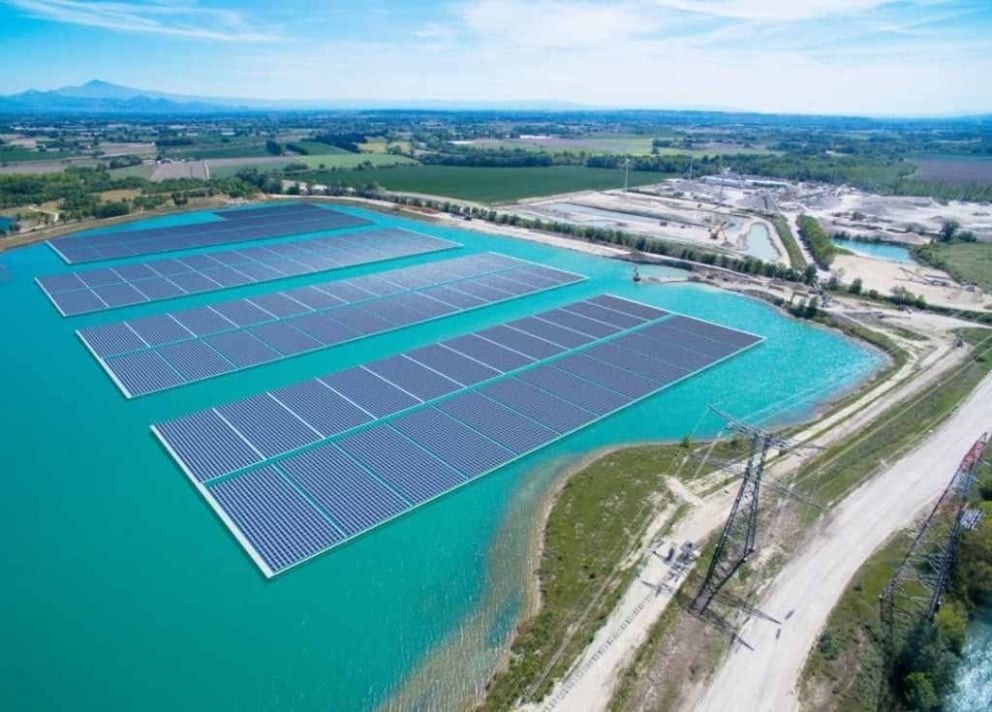China has made significant and highly visible progress in terms of energy transition. They are transforming their rooftops into electric power plants using clean energy, in record time.
They installed 36 gigawatts (GW) of solar capacity during the first quarter of 2025. This pace significantly exceeds that of the European Union, which installed 65.5 GW throughout 2024.
Roofs as power plants: China’s progress
China’s strategy focuses on utilizing the roofs of industrial, commercial, and residential buildings to install solar panels. This approach, known as distributed solar energy, allows for a faster and more efficient integration of renewable energy into the power grid.
 China’s solar energy initiative.
China’s solar energy initiative.
It means that the nation is not only leading the global energy transition but also changing the usual rhythms at which it can occur.
China is now finalizing its XIV Five-Year Plan, the regulation of the National Energy Administration (NEA), in effect since May. It created a race against time to install panels before the regulatory deadline.
For this, there were incentives for self-consumption, network access restrictions, and the liberalization of the green certificate trading.
However, internally, it was not homogeneous. Provinces with more regulatory flexibility, such as Jiangsu and Guangdong, boosted rooftop photovoltaics. Others, such as Inner Mongolia or Jilin, restricted self-consumption so much that they hardly contributed.
The key points of the Asian country’s work
The rapid growth of solar energy in China is due to several factors:
-
Incentives for self-consumption: Subsidies and favorable policies that encourage the installation of solar panels on rooftops.
-
Network access restrictions: Regulations that prioritize the use of locally generated energy.
-
Liberalization of green certificate trading: Facilitates the exchange and commercialization of renewable energy.
The plan to grow sea cucumbers under floating solar panels
The advances of the Asian giant in renewable energy are not limited to land. They are also innovating in cultivating under floating solar panels, and have found the ideal species: the sea cucumber (Apostichopus japonicus).
Photovoltaic solar energy is combined with aquaculture in an approach called aquavoltaics, developed in China. This technique integrates renewable energy generation with the cultivation of sea cucumbers, providing both environmental and economic benefits.
 They are also betting on floating panels. (Photo: archive- Networks).
They are also betting on floating panels. (Photo: archive- Networks).
Sea cucumbers are marine invertebrates related to starfish and sea urchins, with elongated bodies that inhabit ocean floors.
In China, they are a valuable ingredient in gastronomy and traditional medicine. However, their cultivation faces challenges such as high water temperatures, which can cause massive mortality or induce aestivation (summer hibernation), slowing down their growth.

